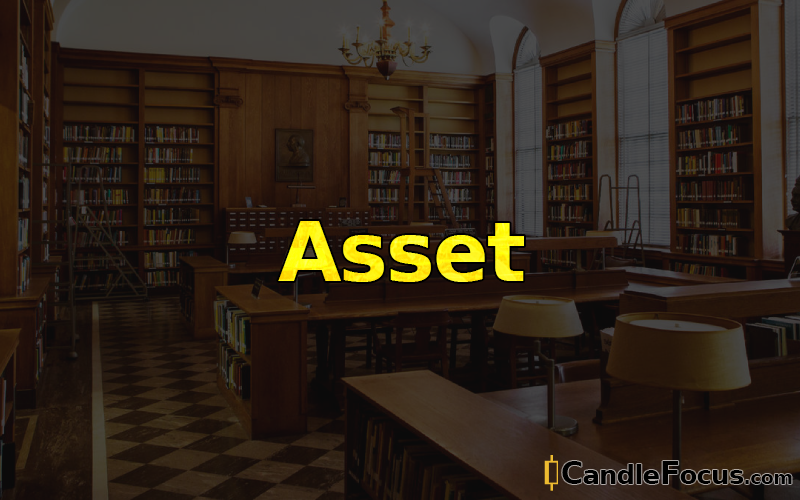Asset
Candlefocus Editor
An asset is a resource with economic value that an individual, corporation, or country owns or controls with the expectation that it will provide a future benefit. Assets are reported on a company's balance sheet. They are bought or created to increase a firm's value or benefit the firm's operations. An asset can be tangible like a computer, building or vehicle, or intangible like a patent or copyright.
The two main categories of assets are current and non-current. Current assets such as cash, inventory, and accounts receivable, are those that are expected to provide benefits in the relatively short term. Non-current assets include investments, fixed assets such as property, plant and equipment (PPE) and intangible assets like trademarks, copyrights and patents.
Current Assets
Current assets are short-term assets used by corporations and individuals to manage day-to-day operations. They include cash, marketable securities, accounts receivable, inventory, prepaid expenses, and short-term investments. They typically have a life of one year or less and are expected to be used up or sold in the normal course of business.
Current assets are often important when calculating the working capital, which is a measure of a company's ability to pay its current liabilities. Companies with higher and more liquid current assets are better able to generate cash to meet expenses and debts.
Non-Current Assets
Non-current assets are those that generate income or use up resources over a much longer period, typically more than one year. These include long-term investments, fixed assets such as machines, property, and equipment, as well as intangible assets such as licenses, trademarks, and patents.
Fixed Assets
Fixed assets are items such as machinery, factory premises, and furniture that have a long-term use and are not intended for sale. Companies can depreciate their fixed assets over time, meaning that their value reduces over a certain period. Depreciation is an accounting practice used to recognize the burden of fixed assets on a company’s balance sheet and income statement.
Intangible Assets
Intangible assets are those with no physical form, such as patents, trademarks, copyrights, goodwill, and brand recognition. These types of assets are created through the expenditure of time and money, and have no tangible presence, but can add considerable value to a company. Intangible assets are significant business drivers and must be managed carefully, as they are not always supported by tangible data.
In summary, assets can be classified as current or non-current, and further divided into fixed assets, intangible assets, and other assets depending on their value, life, and purpose. Assets are an essential component of a company’s financial structure and must be carefully monitored and updated. Knowing how to manage a company’s assets is essential to maximizing value and driving growth.
